ZTE F7015TV3 2.5G Optical Modem Teardown
I recently switched to the trending F7015TV3 optical modem, primarily for its 2.5G port, compact size, low power consumption (no built-in WiFi), and support for both XGPON and XEPON protocols.
However, during actual use, the device ran surprisingly hot. When placed in my server cabinet (ambient temperature 35°C+), its temperature soared to 74°C+, causing frequent reboots every few minutes. After adding a cooling fan, the temperature dropped to around 52°C, finally stabilizing the connection. For comparison, my previous Huawei optical transceiver ran stably even at 80°C+.
Speed tests showed it fully utilizes gigabit broadband, achieving around 1200MBps (thanks to extra bandwidth reserved by the ISP). While 2000Mbps plans are available in my area, I skipped them due to high costs.
- 2.5G Optical Transceiver Purchase Link: https://s.click.taobao.com/4cZCQjt
- VSOL 2.5G Optical Modem: https://s.click.taobao.com/QKq65kt
Electronics/MCU Technical Exchange QQ Group: 2169025065
Exterior Photos
Front View
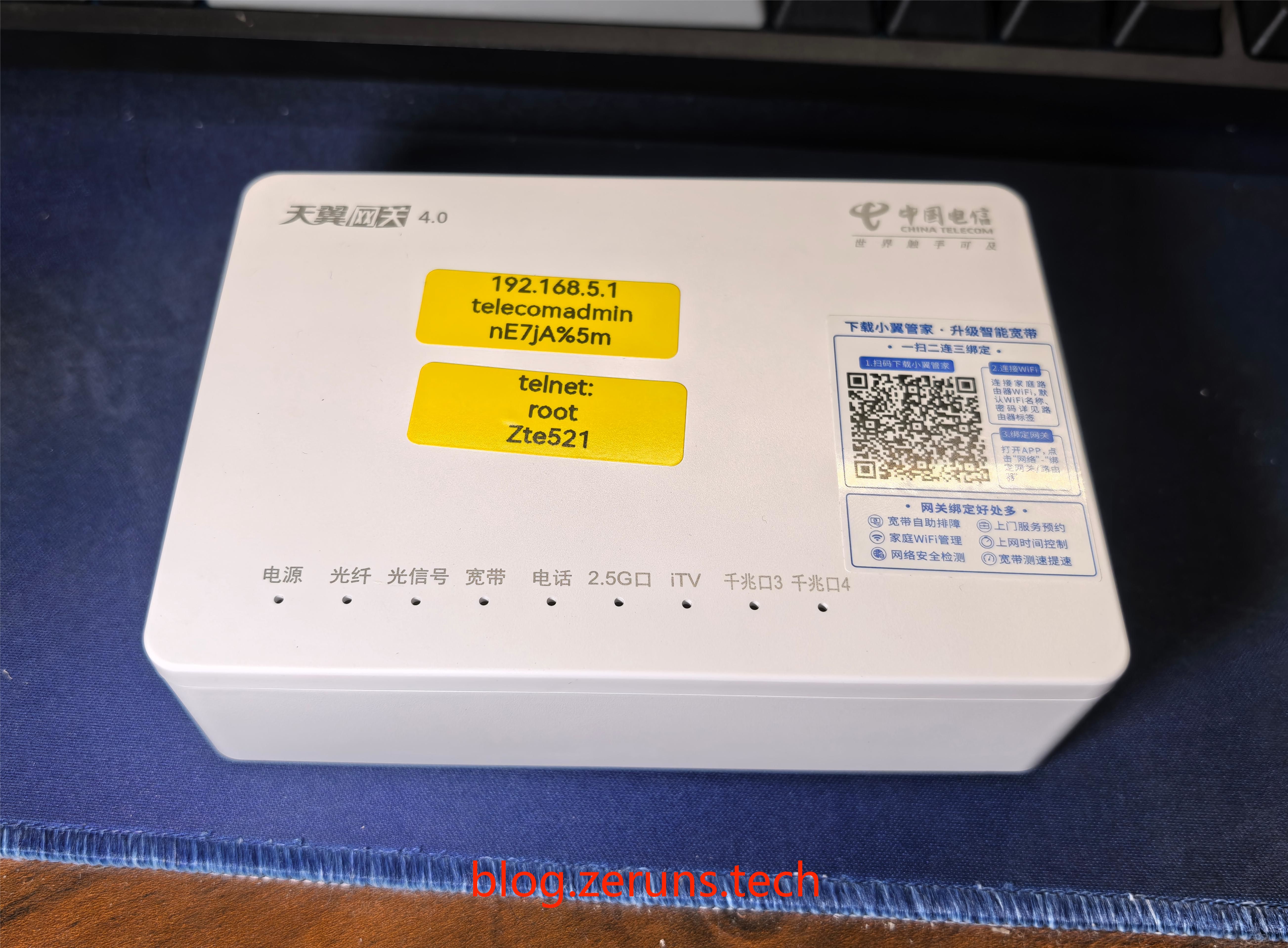
Side Views
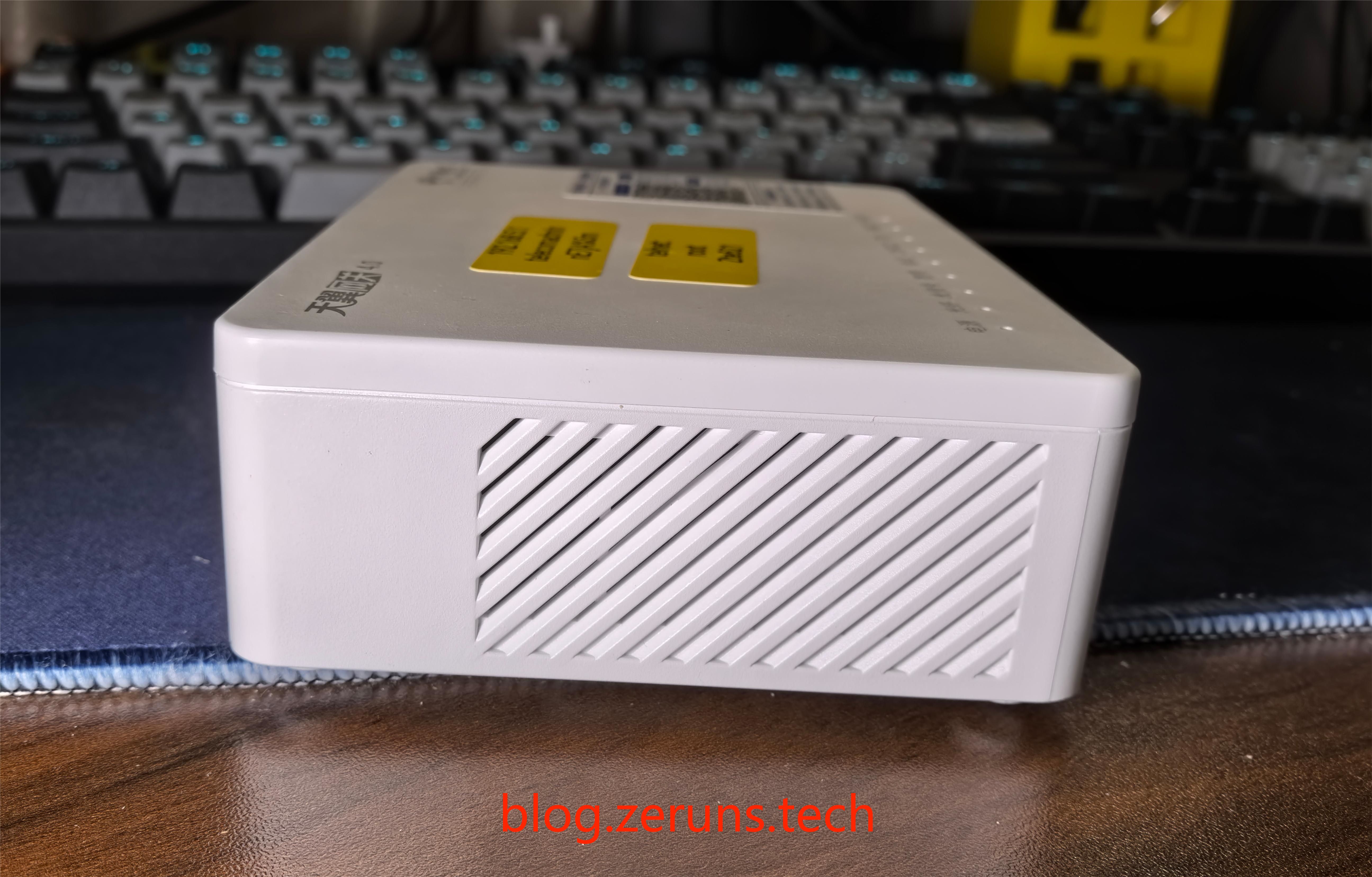
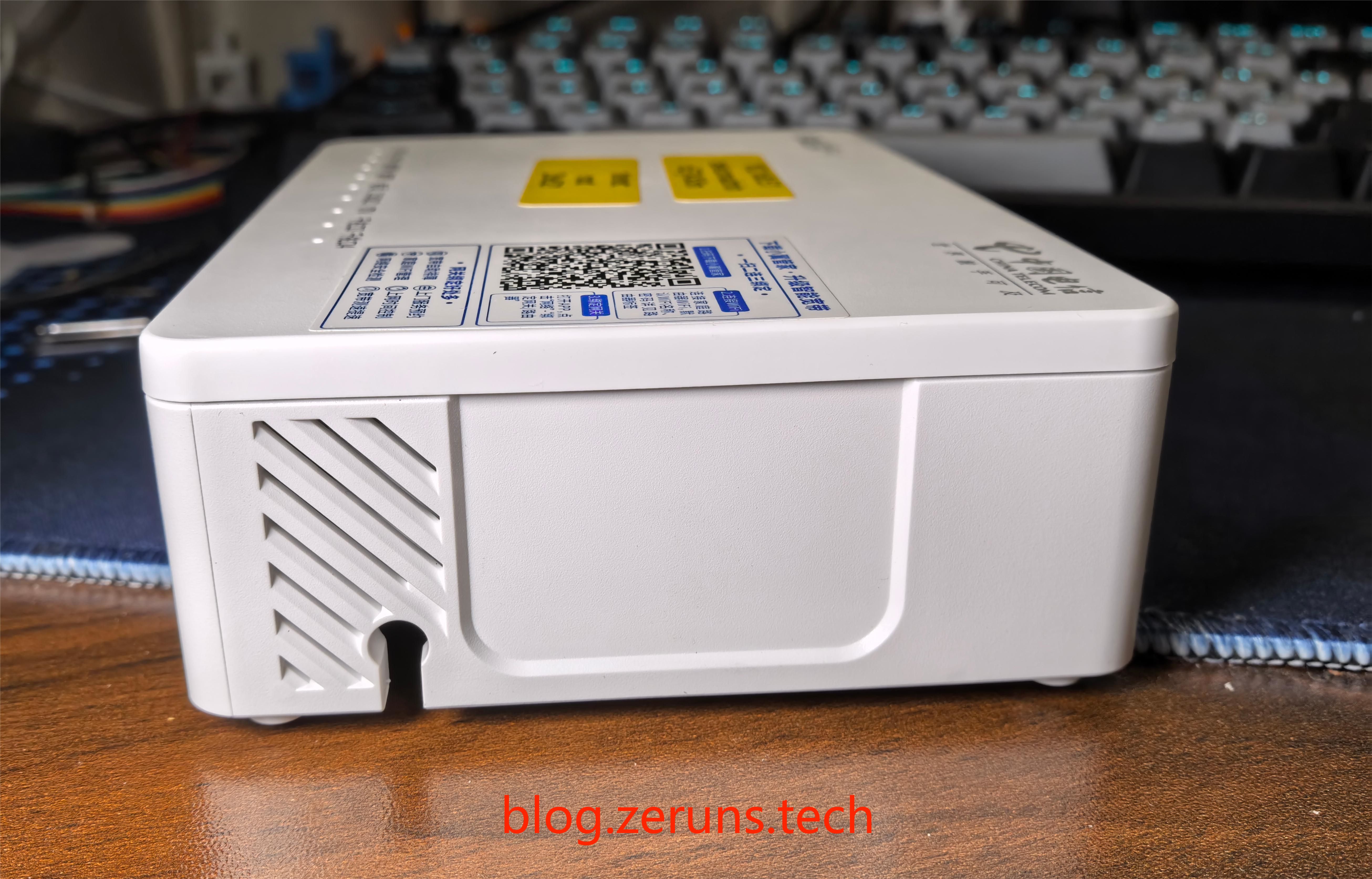
Rear Ports: Features 1×2.5G port, 1×IPTV port, 2×Gigabit ports, and 1×phone line port.
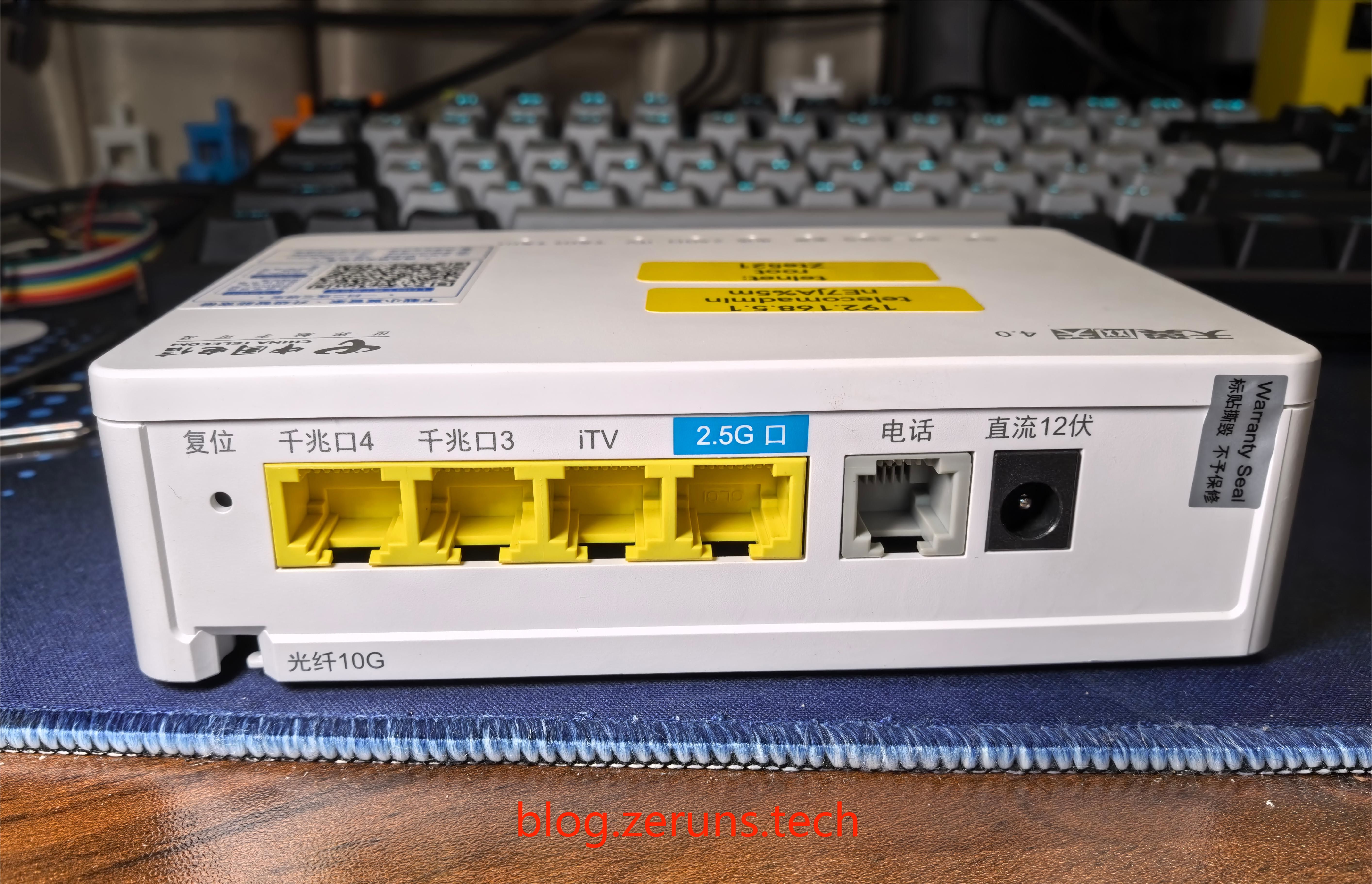
Bottom View & Device Info Sticker
Bottom View: Includes device info sticker and SC fiber optic port.
Sticker details:
- Product Name: 10Gbit/s Passive Optical Network User Terminal (XG-PON ONU)
- Model: ZXNH F7015TV3
- Power Specifications: 12V 1A
- Manufacturing Date: 2024/02
- Default Configuration Address: 192.168.1.1
- Default Admin Account: useradmin
- Default Admin Password: echcf
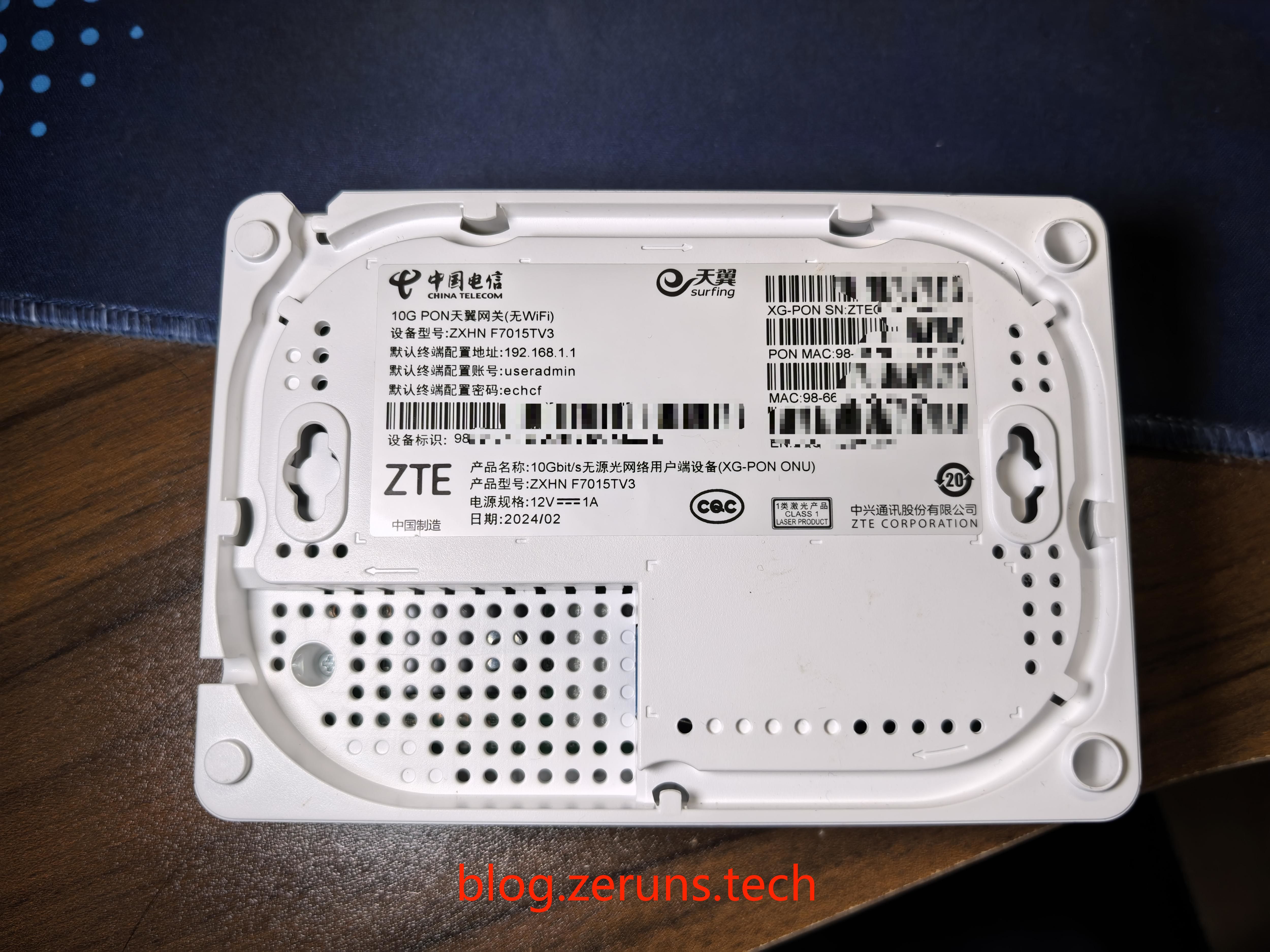
Installed in Server Cabinet
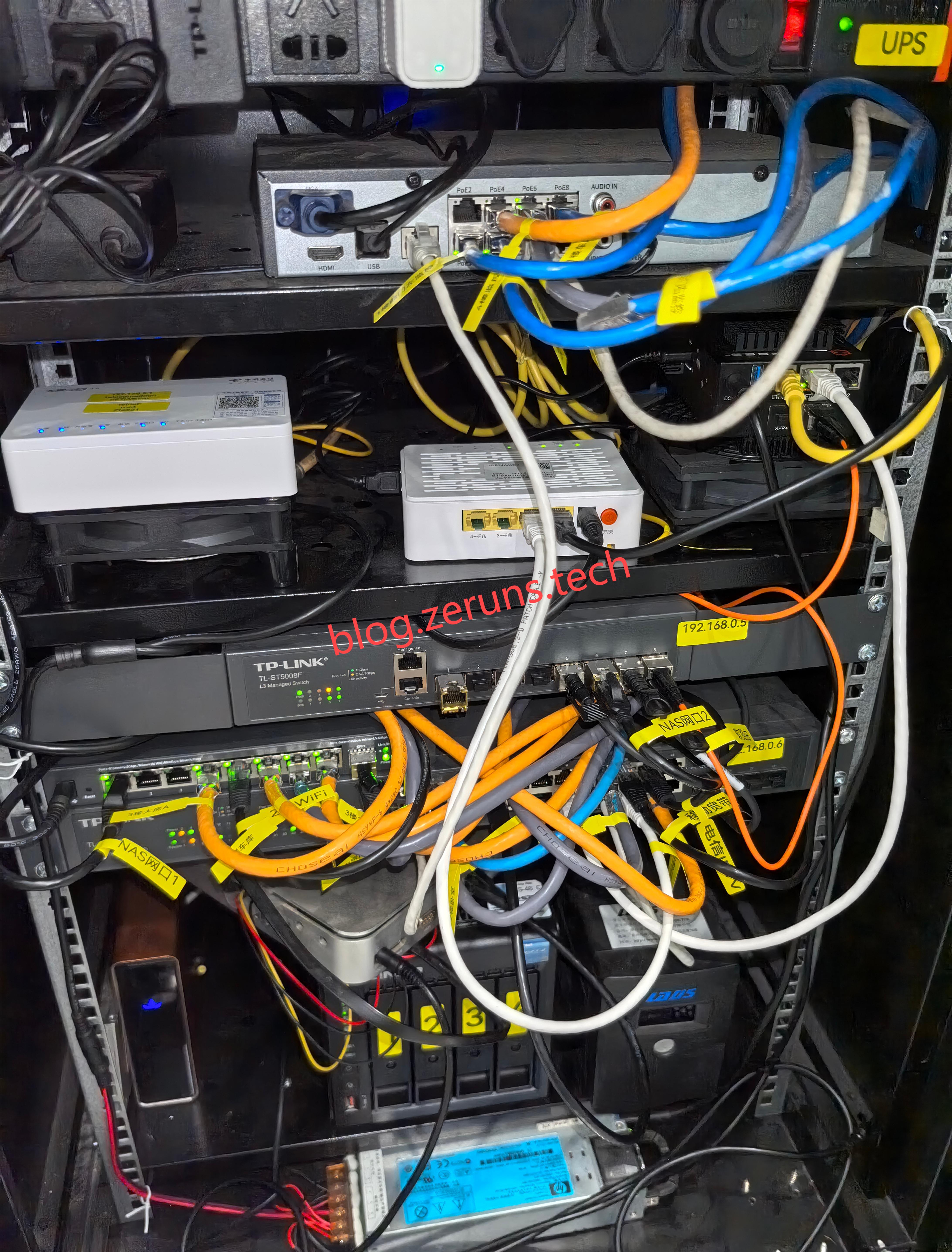
Related Reviews:
- TL-SE2109 2.5G Switch Quick Unboxing Review
- WiFi7 Router TL-7DR6560 Quick Unboxing Review
- TL-SH5428 10G Switch Unboxing & Review
Internal Teardown Photos
Underside of PCB
The board reveals a chip labeled "HYF2G" (likely a 2Gbit/256MB NAND Flash from Jiangsu Yangheyang) for firmware storage.
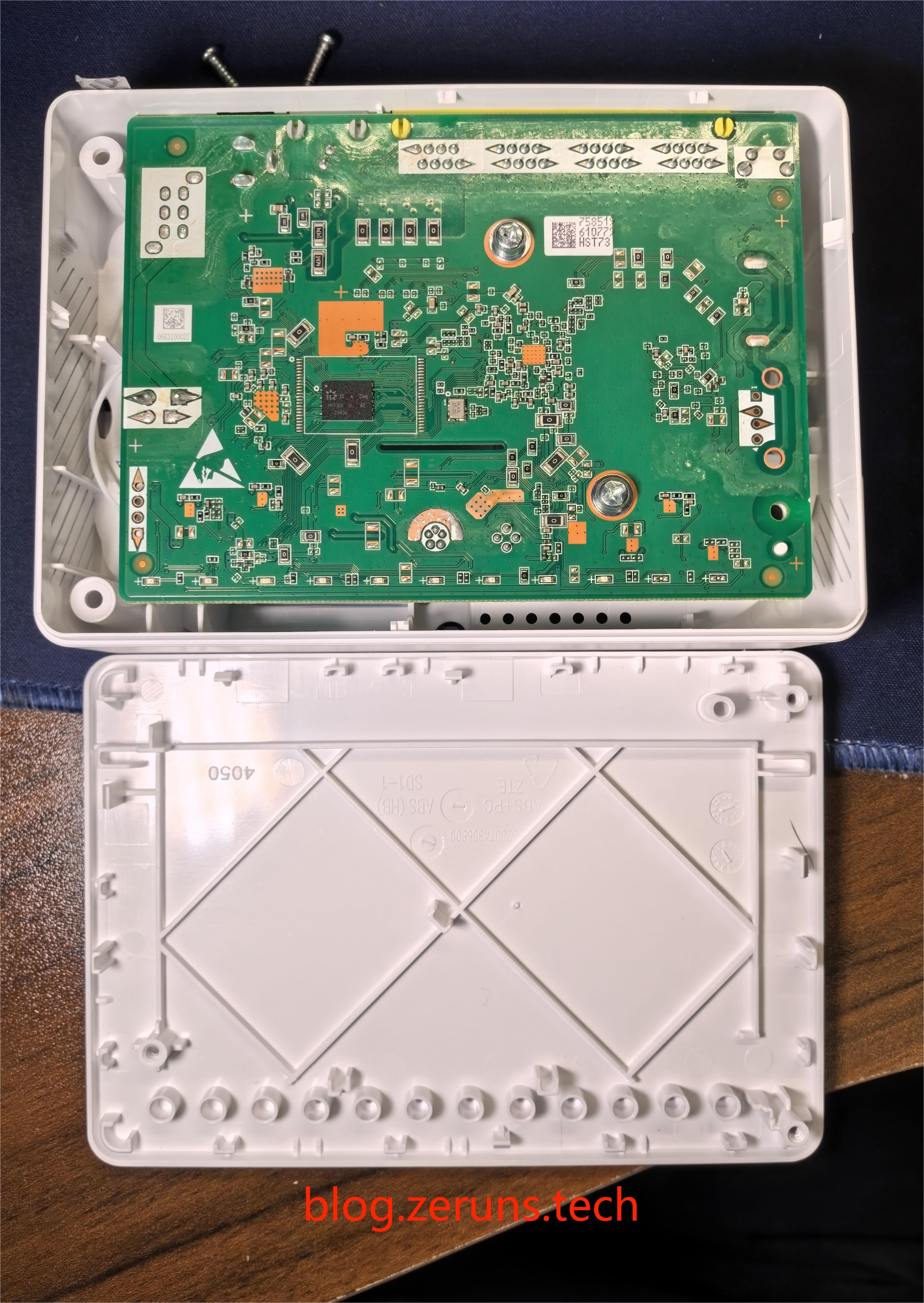
Front Side of PCB
A fiber optic cable connects from a shielded optical module (inside the metal enclosure) to the SC port. Despite the large heatsink, thermal performance remains subpar.
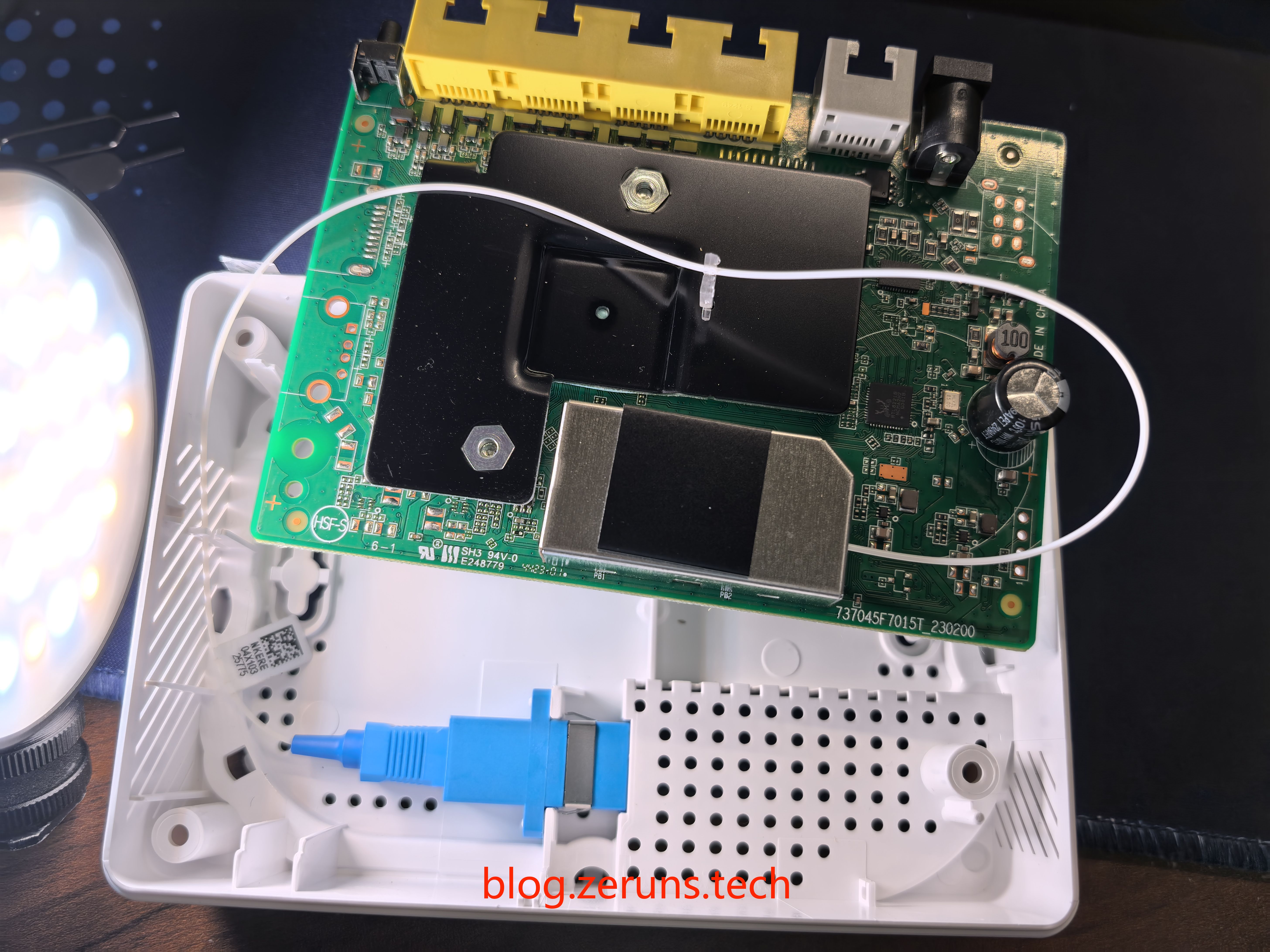
Main Components:
- Primary SOC: ZXIC ZX279133 (ZTE's in-house 14nm chip with dual-core A53 CPU + 8-core NPU)
- Memory: GigaDevice GDP2BFLM-CB DDR3L (4Gbit/512MB @1866Mbps)
- 2.5G PHY: Realtek RTL8221B
- FXS Chip: Skyworks Si32192FM1 (VoIP/POTS interface)
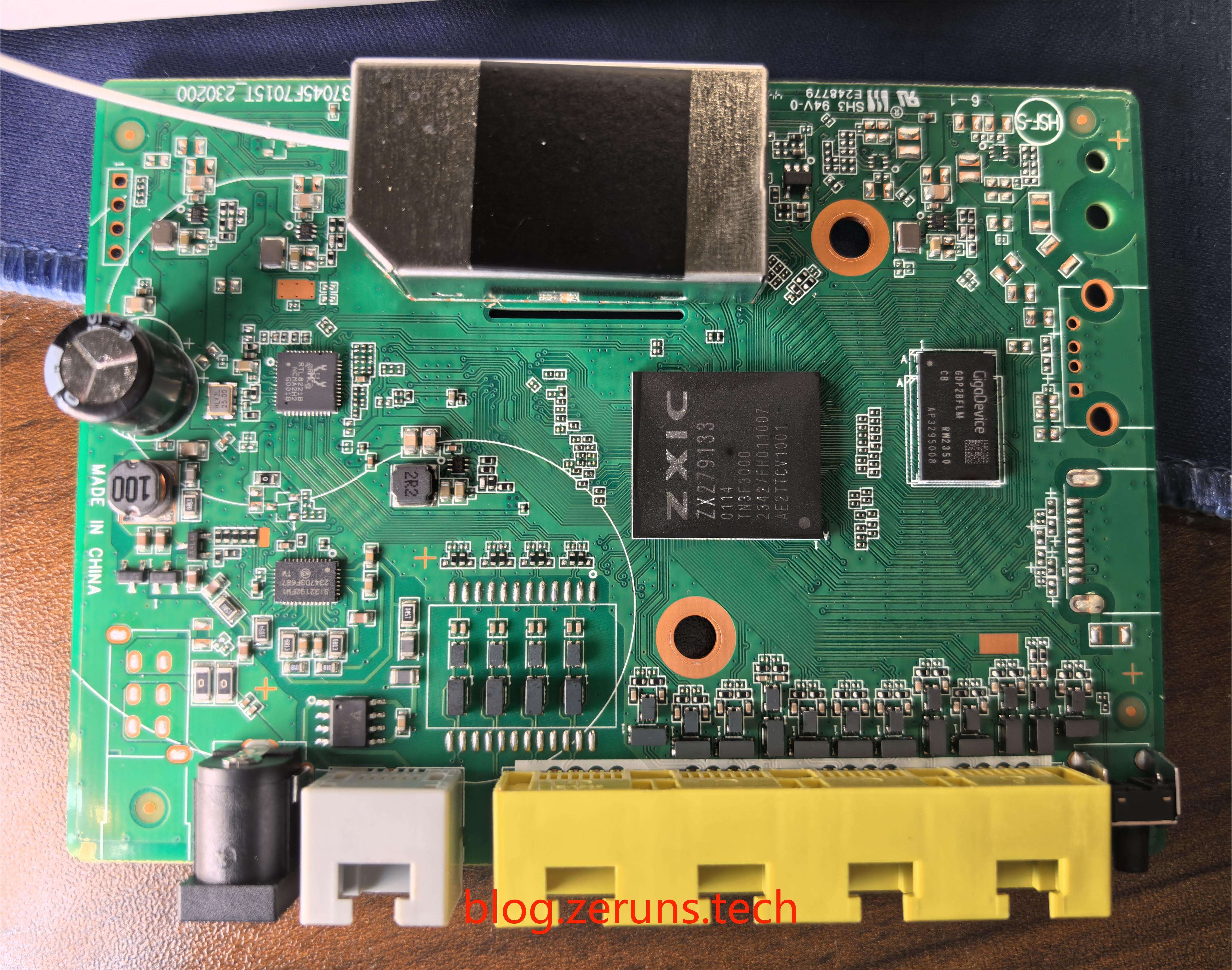
Mystery Components:
- A "69L2341" marked chip (likely telephone line protection circuitry)
- Multiple unmarked 5-pin LDOs and 6-pin DC-DC converters for voltage regulation
Comment from adonis (WeChat public account reader):
The "69L2341" handles telephone port protection. The 5-pin ICs are LDOs, while 6-pin ones are DC-DC converters for generating 5V/3.3V/2V/1V rails. Our factory manufactures optical modems/routers for ZTE, FiberHome, and Xiaomi—this unit might be our OEM product.
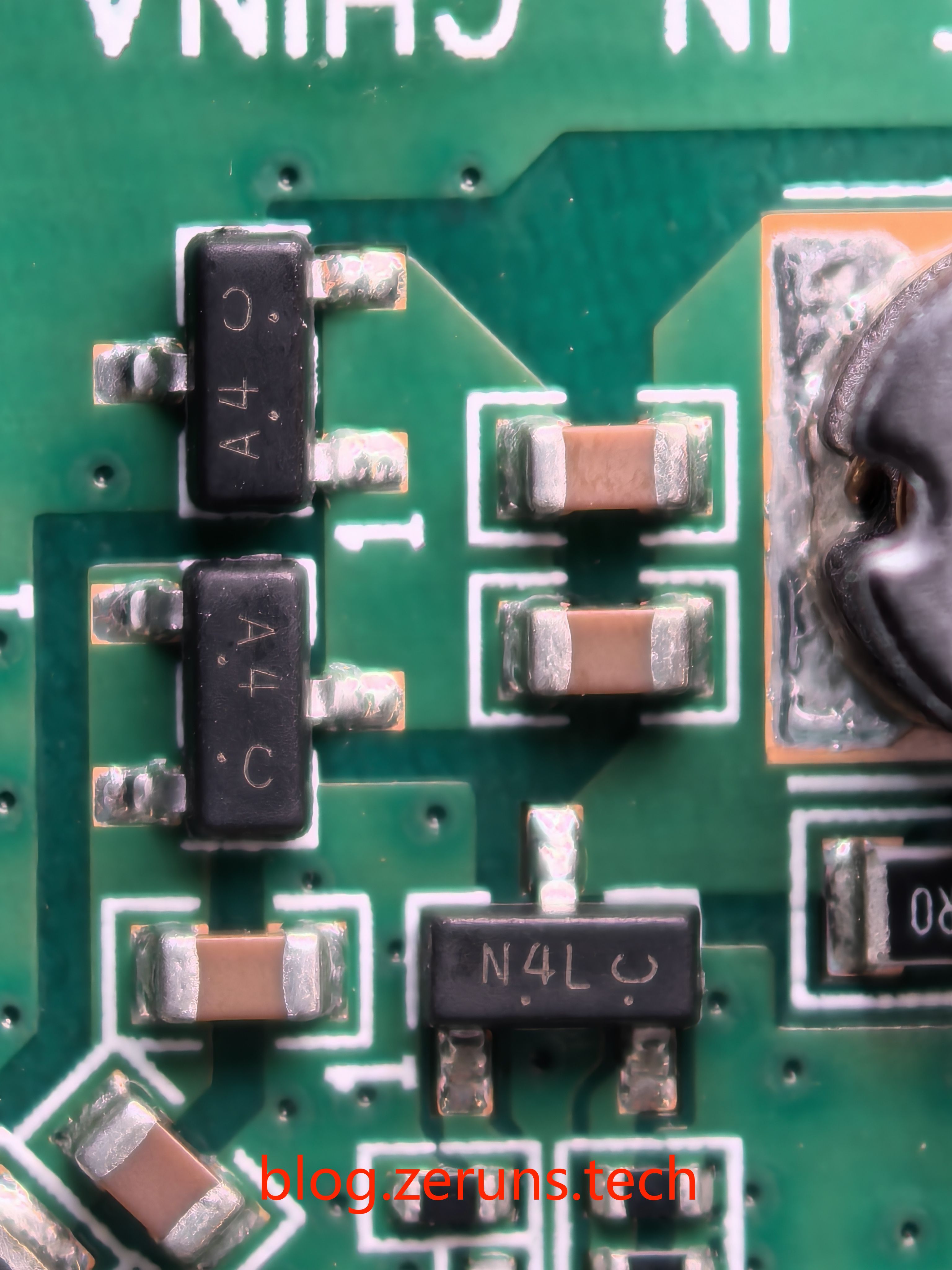
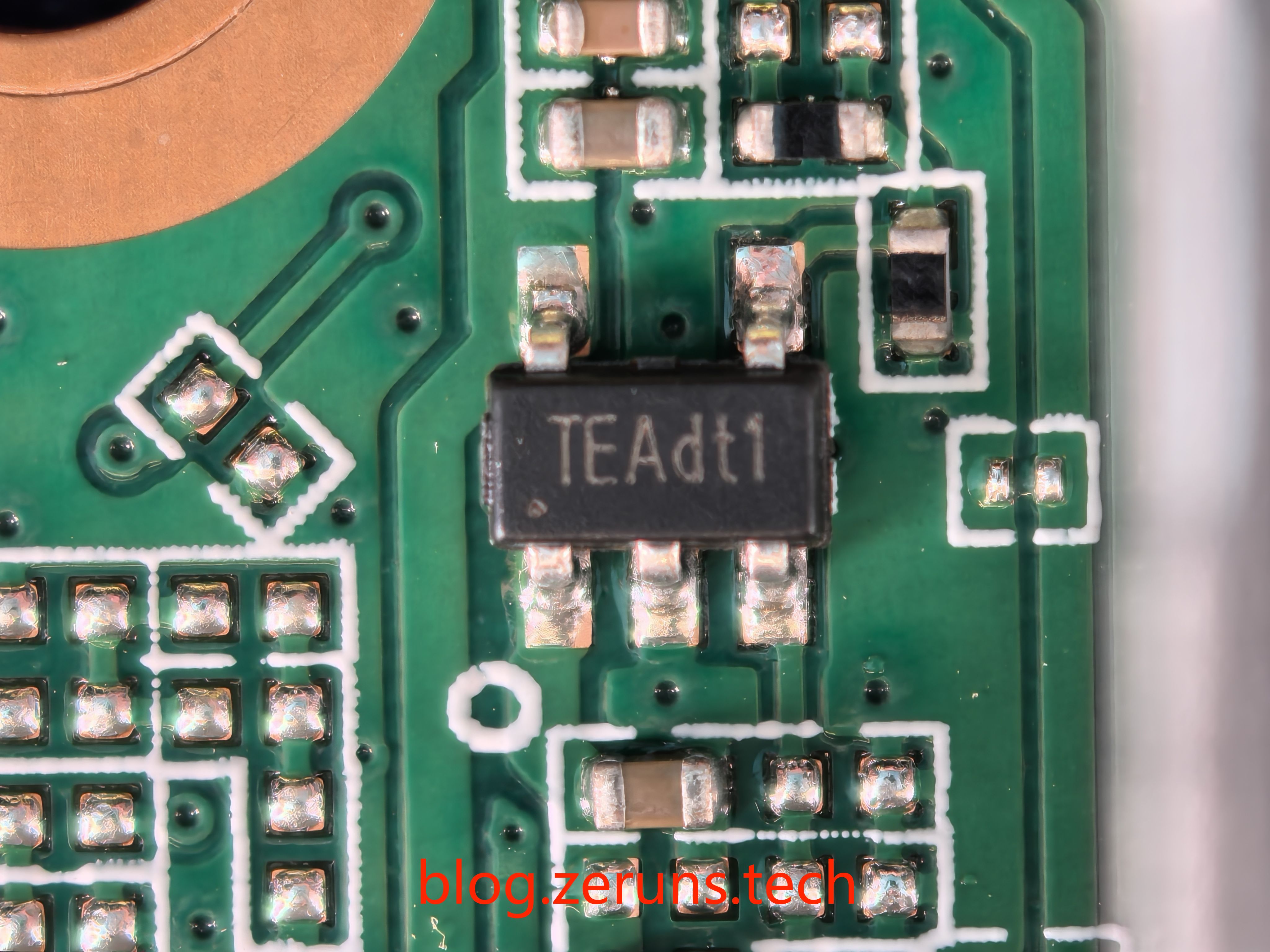
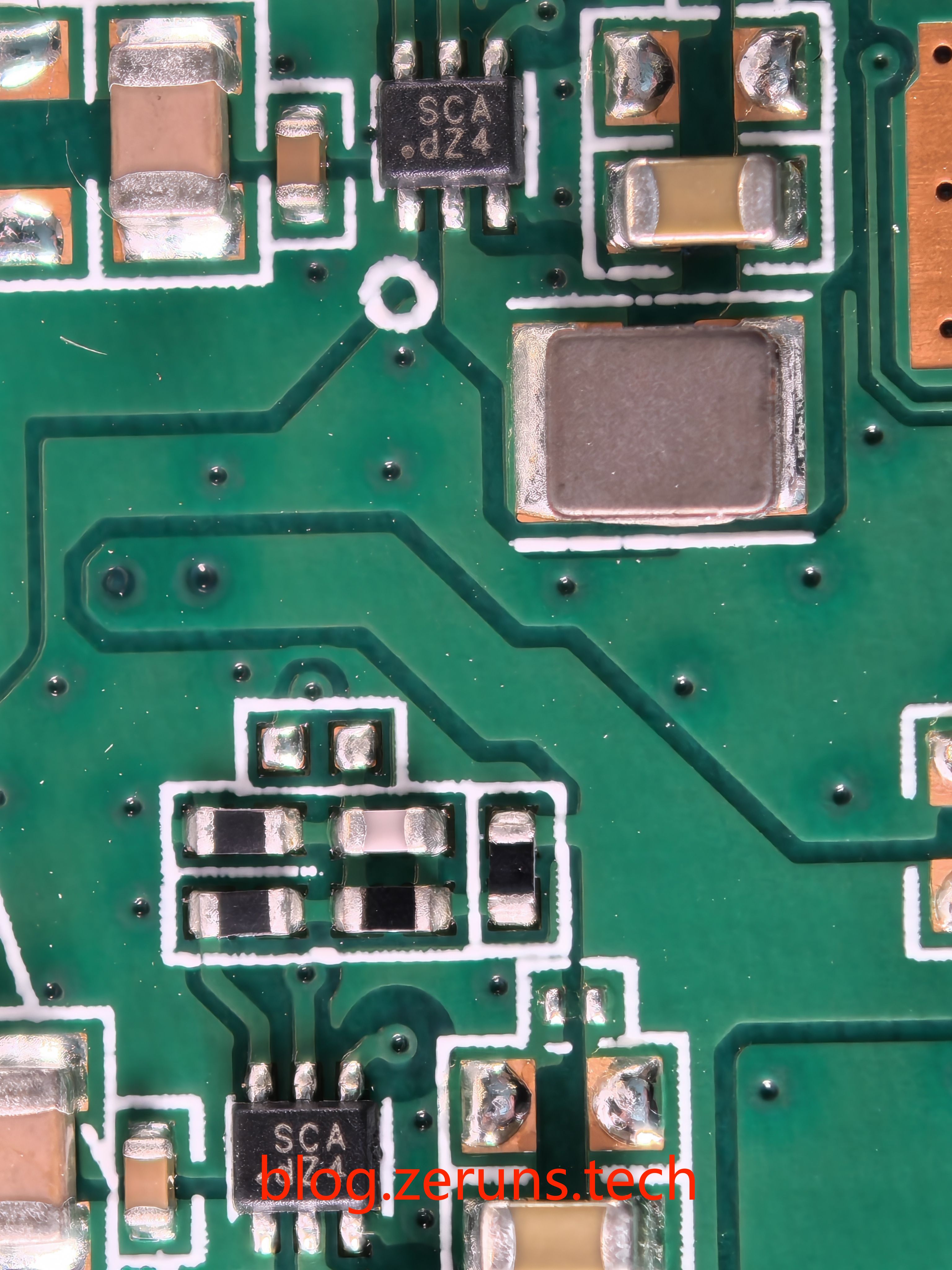
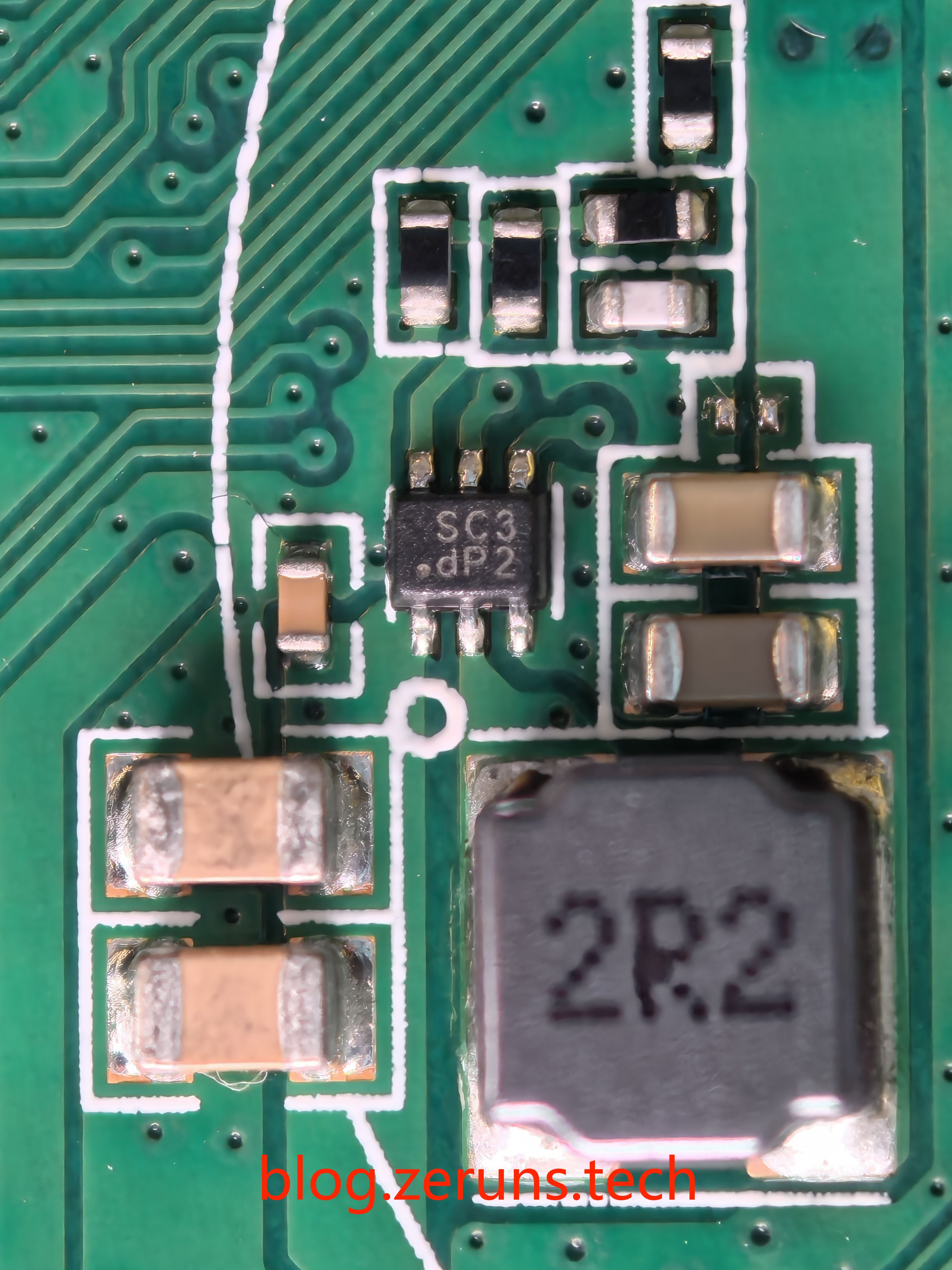
Web Interface Screenshots
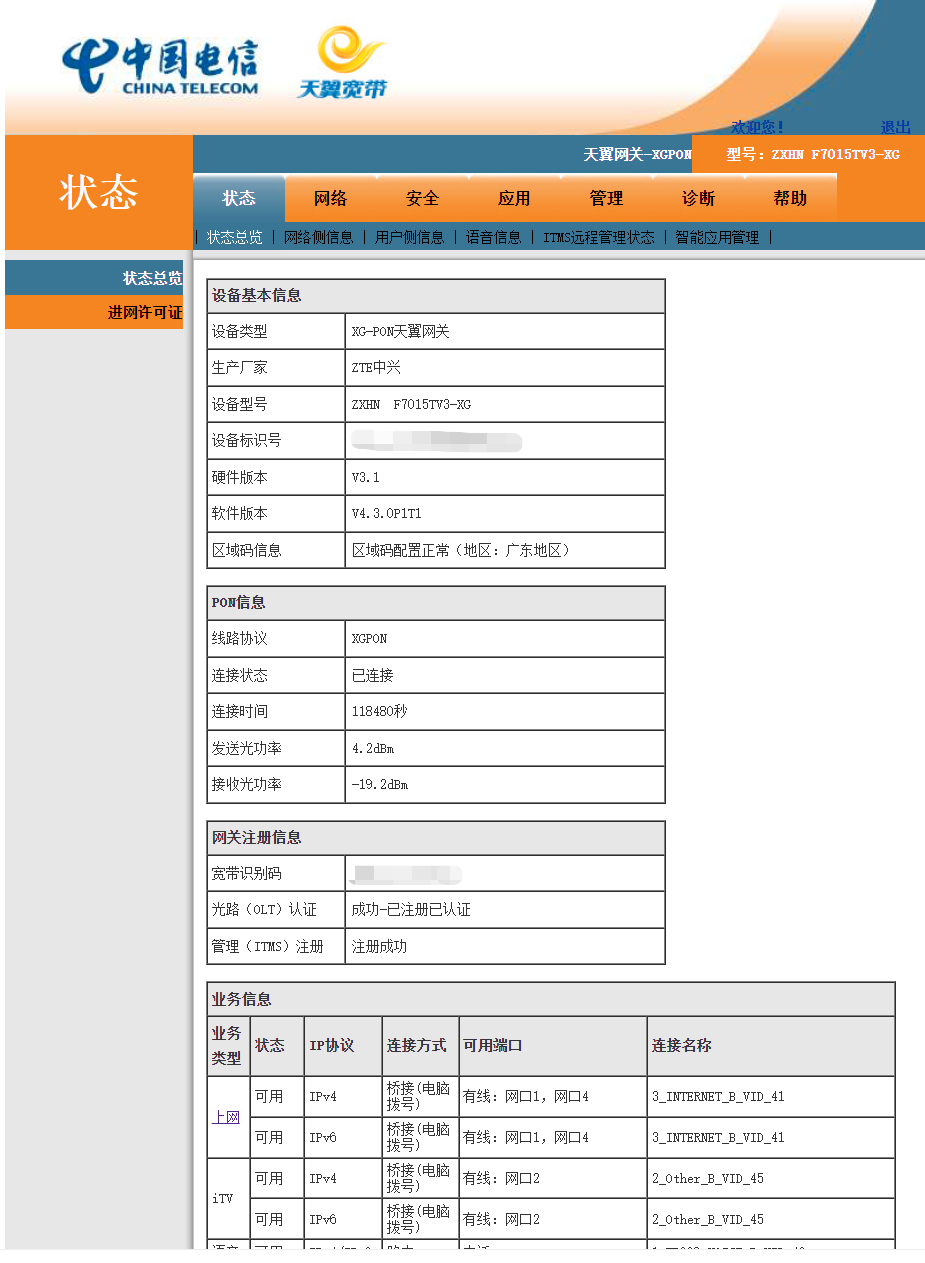
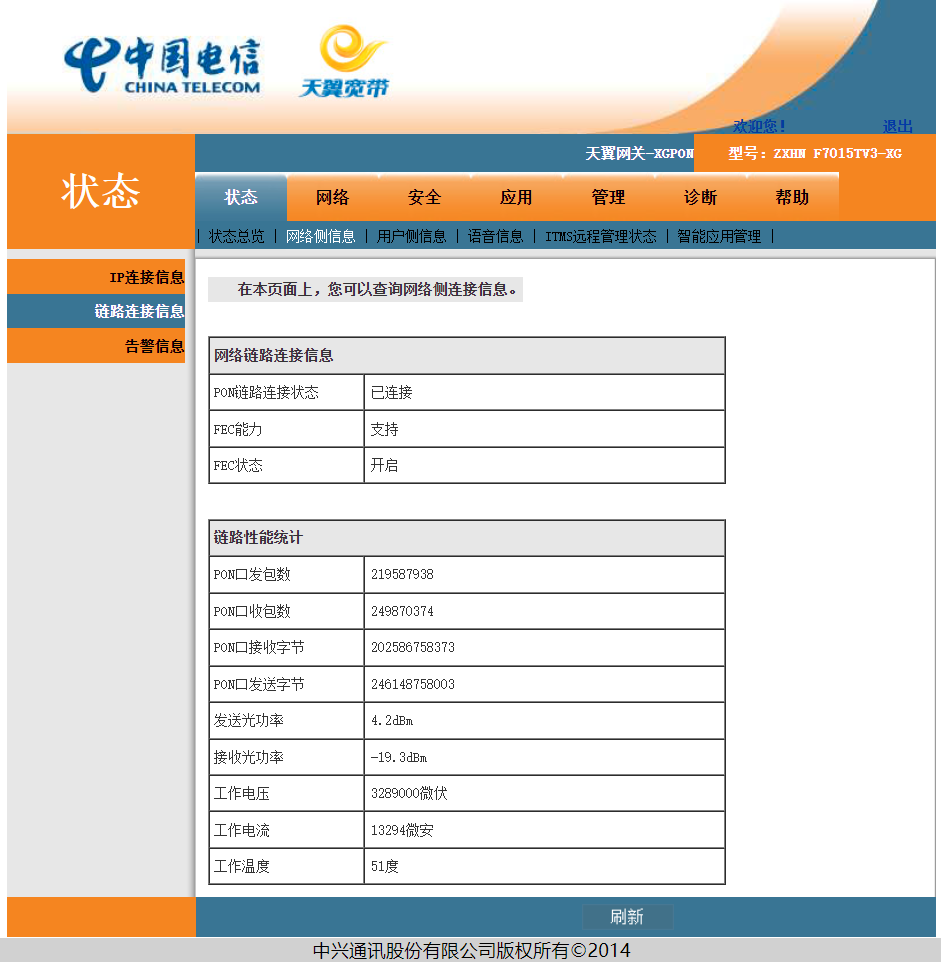
Thermal Imaging Analysis
ZTE F7015TV3 with Cooling Fan
Case temperature: Mostly 40°C+, peak at 42.3°C

H50G Optical Modem (Passive Cooling)
Case temperature: Partial 40°C+ areas, peak at 41°C
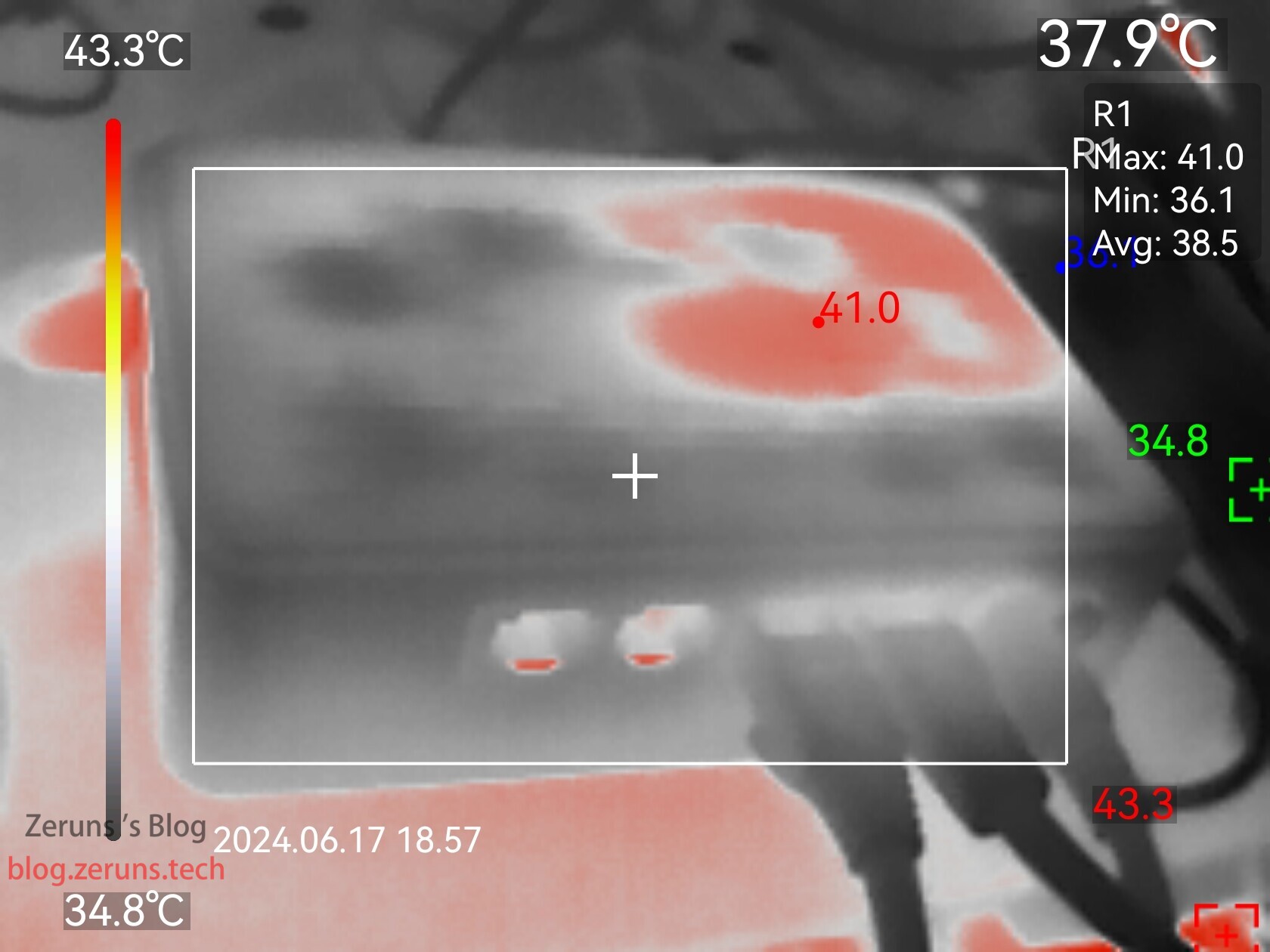
UTi261M Thermal Imager Review: Link
Recommended Reads
- Cost-Effective VPS/Cloud Server Recommendations: https://blog.zeruns.com/archives/383.html
- Minecraft Server Setup Guide: https://blog.zeruns.com/tag/mc/
- Intranet Penetration Server Tutorial: https://blog.zeruns.com/archives/741.html
- No-Code Blog Setup Guide: https://blog.zeruns.com/archives/783.html
- QNAP TS-466C NAS Review: https://blog.zeruns.com/archives/777.html





Comment Section